This article is about my own personal experience and remedies that I use to treat sore muscles. Use these tips to recover faster after an intense workout or a long game.
I played in a volleyball tournament this past weekend and for the first time in a while, I was extremely sore afterward. I usually experience some soreness but this was more than usual. I have been working hard in the gym to improve my strength and power, but I hadn’t played that many games at that level of competition in months. As I’ve gotten older, I’ve noticed how differently my body responds after a volleyball tournament, or when I begin a new phase of my strength training workouts. To help my body repair and restore itself faster, I’ve learned a few tricks that have really helped and want to share them with other adult athletes in hopes that they will help you, too.
1. Make rest a priority.
If you’re ever feeling extra soreness, pain, or fatigue after a workout, practice session, or competition, make resting before you do it again a HUGE priority. The older you get, the more this will need to become a priority – regardless of how well-conditioned you are. If you don’t give yourself enough downtime in between workouts or competitions, you could be overtraining and increasing your risk for injury.
Sleep is also incredibly important for recovery so at a minimum make sure you’re getting 8-10 hours of good quality sleep. After an intense workout day, try going to bed early or, if your schedule allows, let yourself sleep a bit the next morning. Here are 4 ways you can upgrade your sleep to make sure you’re getting enough good sleep.
Even if your body feels great, incorporating rest into your weekly training schedule is still going to be uber important for making sure you’re getting the most out of your training. As a 38-year-old competitor, I’m all about going hard and giving 110% effort. But I also know that there’s a limit to how often my body will allow me to do that before it breaks, which is why it’s important for me to be smart about how often I do so. Proper rest is one of the key tips to treat sore muscles.
2. Eat healing foods.
In order for your cells to repair and reproduce, you need to give them the ingredients they need to do so. Those ingredients come from the foods that you eat after a workout and the ones you consume on a daily basis. The higher quality of the food, the higher the healing power. You’ll want to steer clear of foods that cause inflammation in the body such as alcohol, ultra-processed foods, vegetable oil, and foods with added sugar. Instead, stock up on whole foods such as fruits, vegetables, grains, beans, and sustainably raised (and hormone-free) animal products.
Check out my list of 10 science-backed foods that enhance recovery here.
3. Stay hydrated.
Staying hydrated can reduce muscle soreness and provide your cells with the water they need to function optimally. Water also flushes out toxins that have accumulated in the body, helps transport nutrients to cells, and regulates body temperature. A body that is dehydrated is in a state of stress and could not only delay recovery but chronic dehydration could also accelerate aging.
Adult athletes should aim for 100 ounces per day at a minimum and increase that amount if they: live at altitude, drink a lot of caffeine, and/or lose a lot of fluid through sweat loss during workouts. If you’re recovering from an injury, you’ll also want to increase the amount of water you drink. Keeping yourself hydrated is an important step to treat sore muscles.
Check out this post for tips on how to maintain a hydrated body.
4. Manage inflammation.
Inflammation that is chronic and not related to the workout itself is a huge barrier to recovery because it impairs biological function at the cellular level. The soreness or pain that you might experience after a workout is normal but can be reduced through a variety of natural approaches. These approaches include consuming anti-inflammatory foods (such as these ones) and working out the inflammation by doing a combo of massage or soft-tissue work, cold therapy, stretching and mobility exercises, compression therapy, and/or electrical stimulation.
5. Consume protein + carbs after every workout.
A good post-workout meal that helps to replenish amino acids and glycogen used during the workout should include at least 20 grams of protein and at least 30 grams of carbs. One of my favorite post-workout recovery meals is this Peanut Butter and Jelly Green Post-Workout Smoothie.
6. Keep moving
A good recovery plan will include some form of active recovery that features low-impact movements that are easy on the joints and don’t cause the heart rate to get too high. Examples of good active recovery exercises include yoga, mobility circuits such as this one, cycling, hiking, walking, and swimming. These movements keep blood flowing without putting too much strain on the muscles that are trying to recover and rebuild.
Also Read: How to Recover Faster after Injury (or Surgery)
Well, these were some of my trusted tips to treat sore muscles. Follow for more interesting tips on health and fitness.
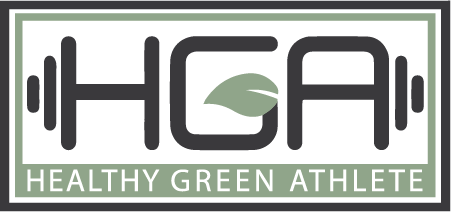
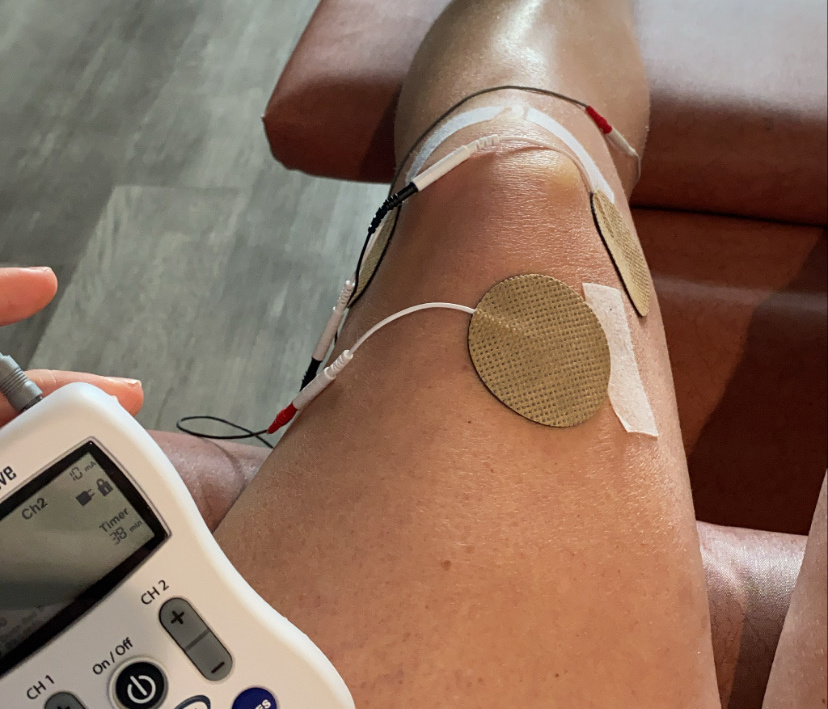
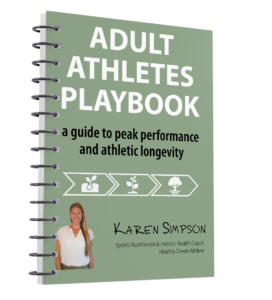

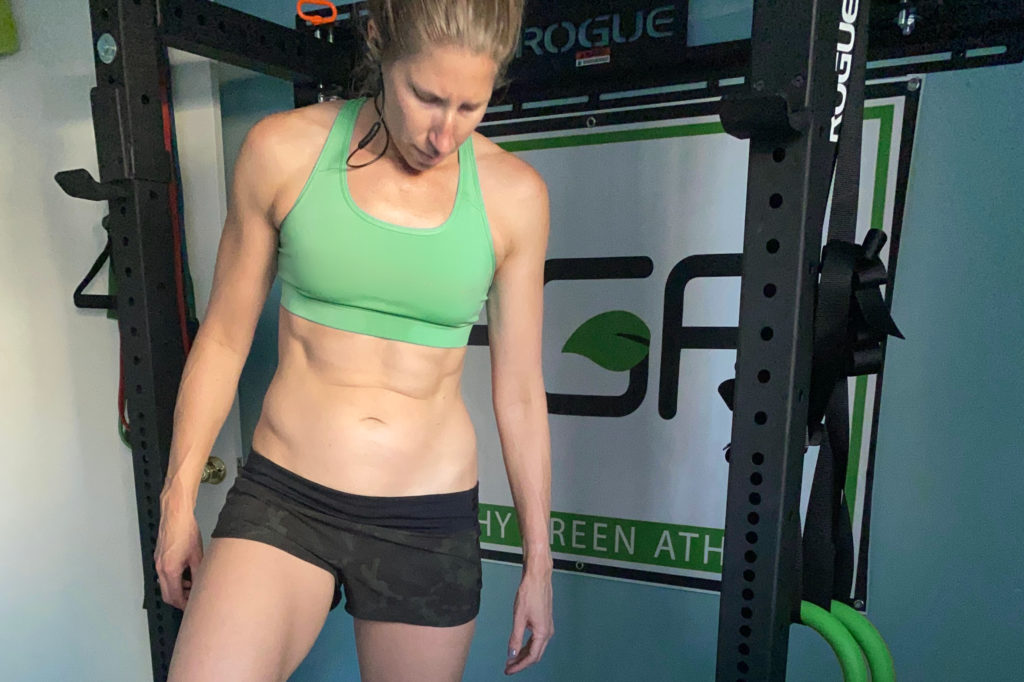

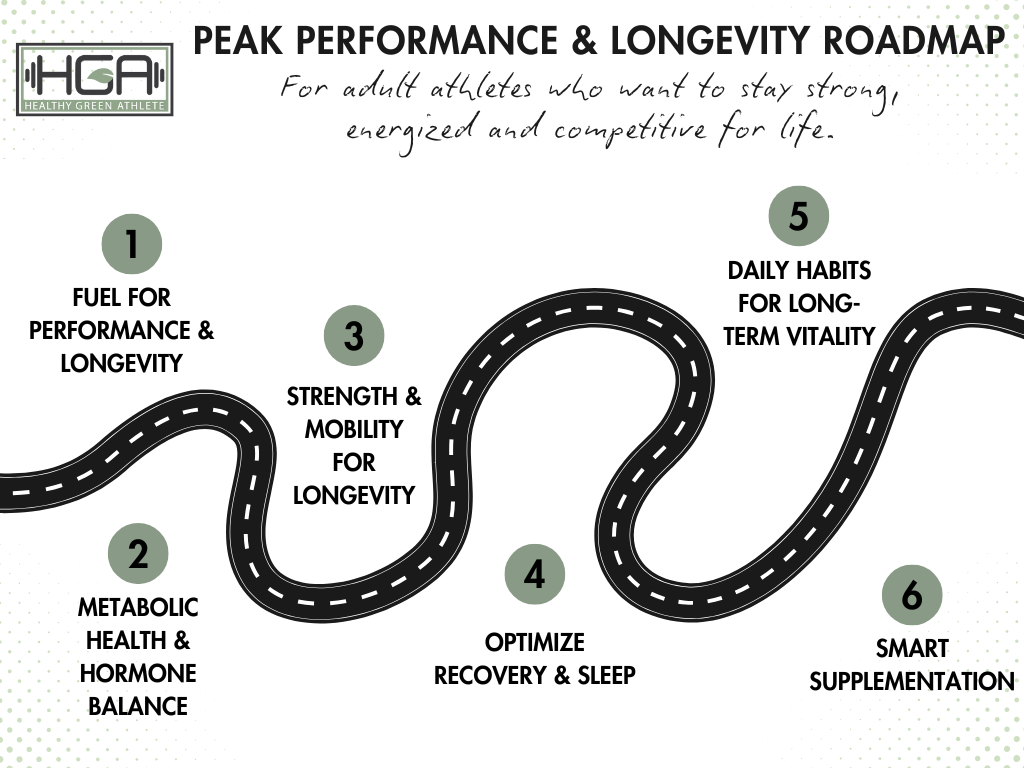
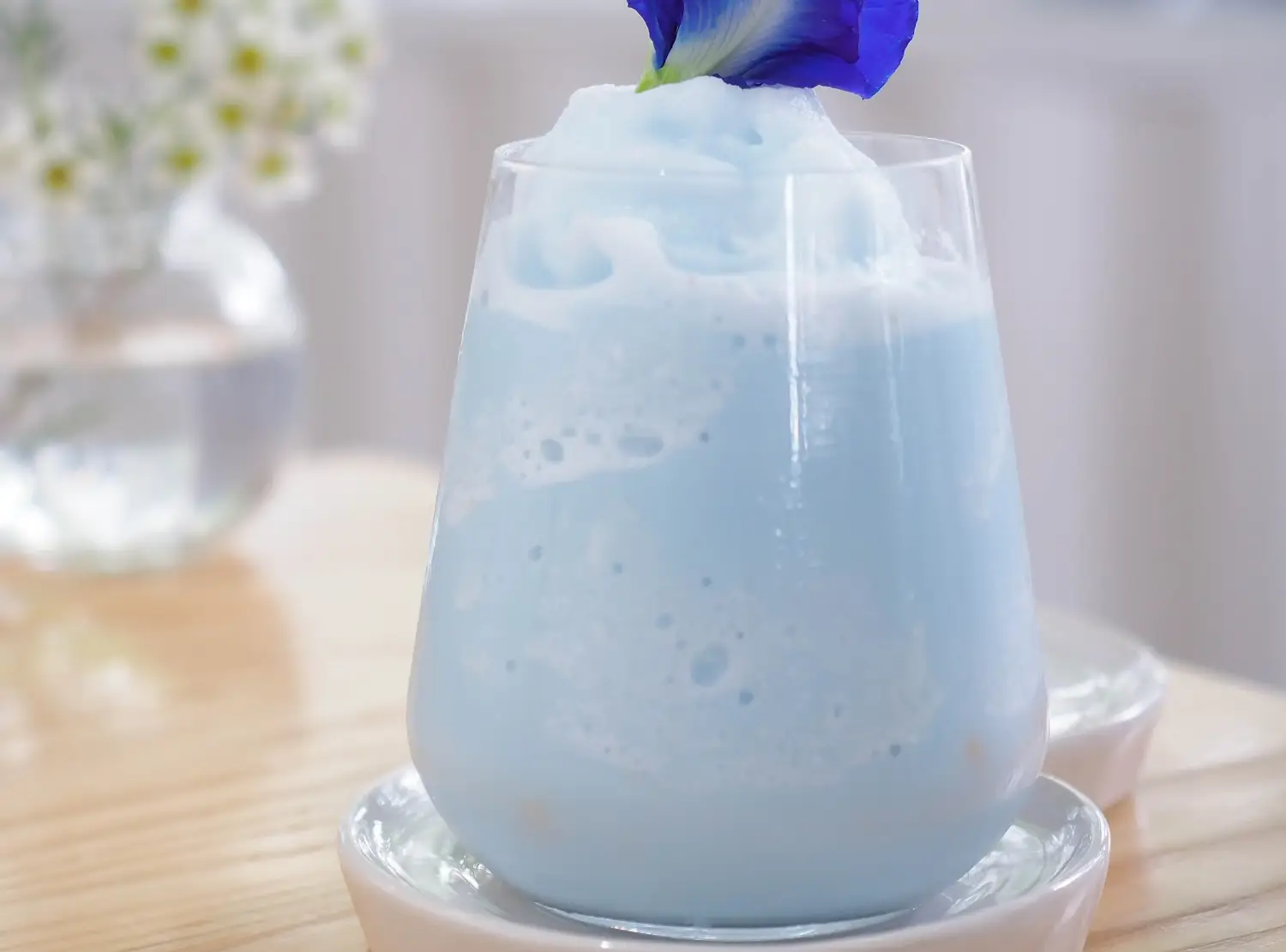
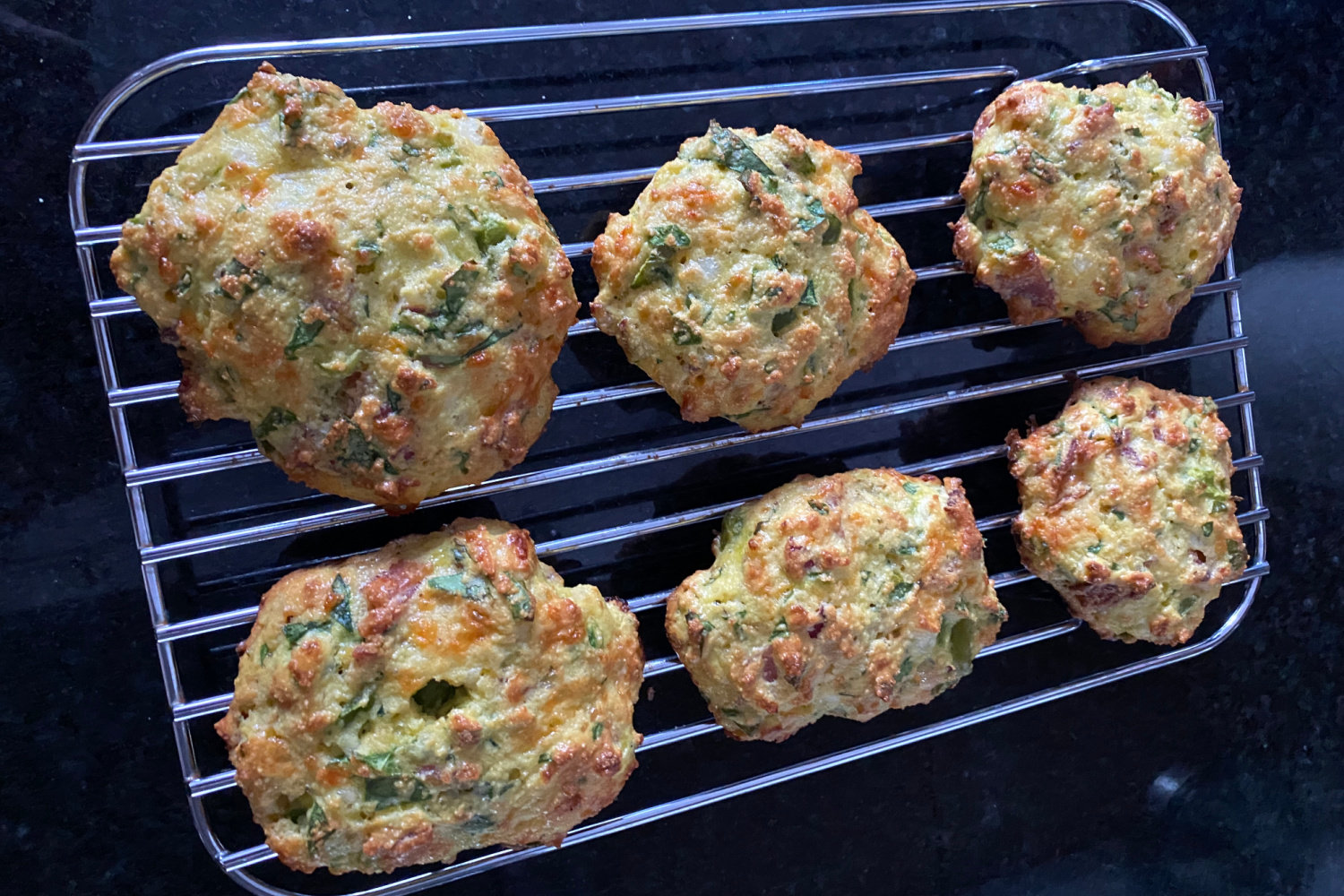
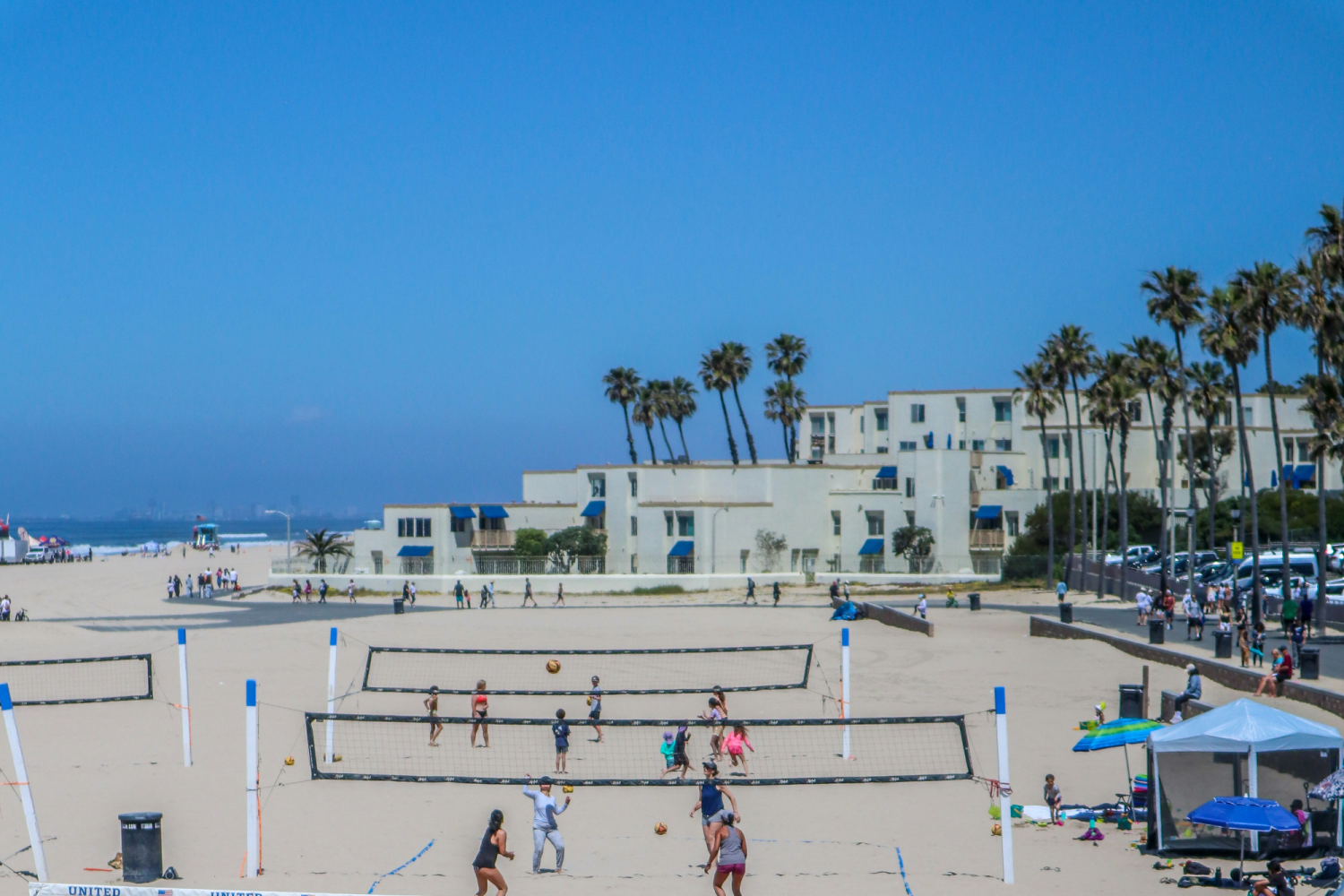
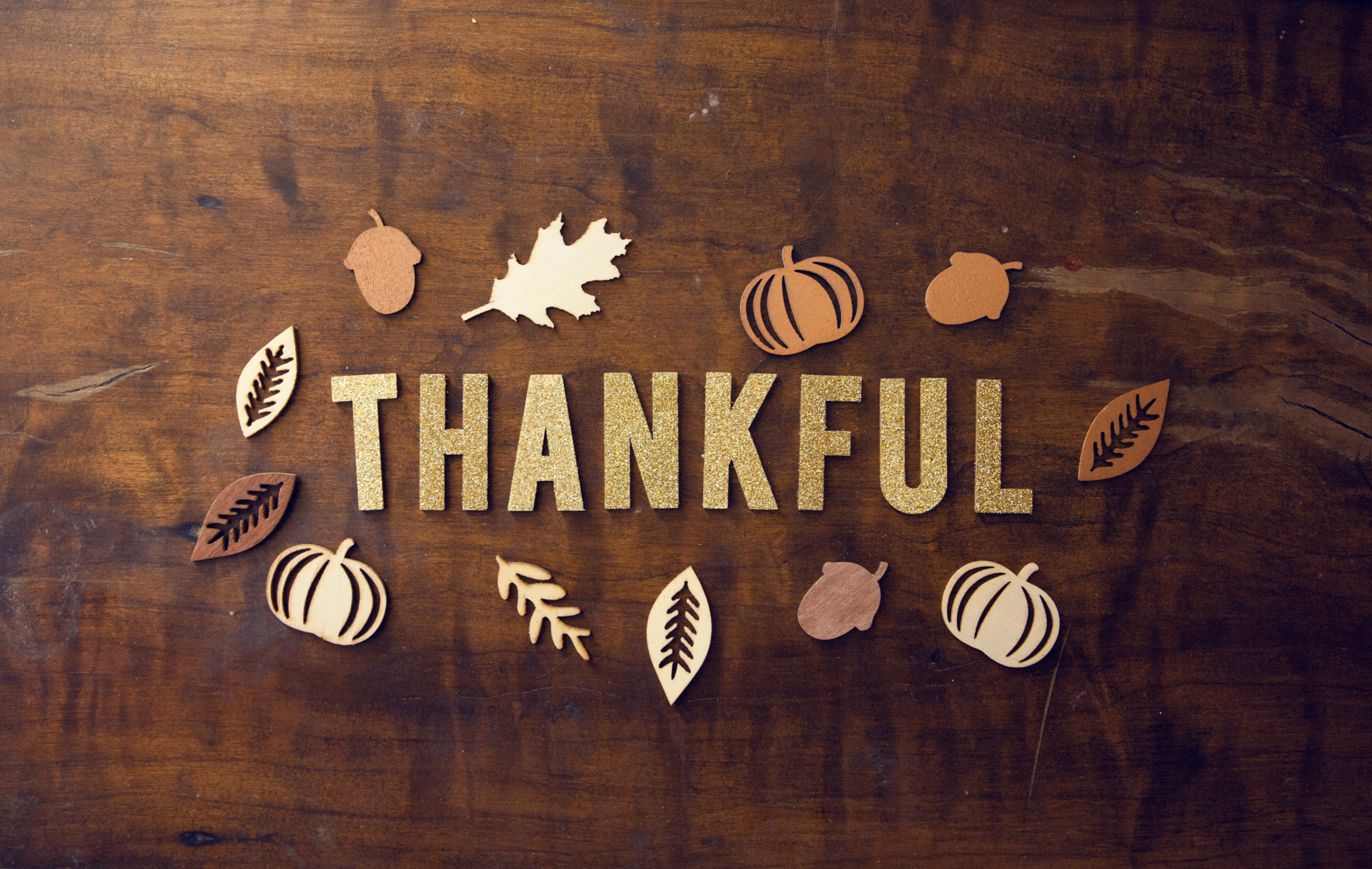

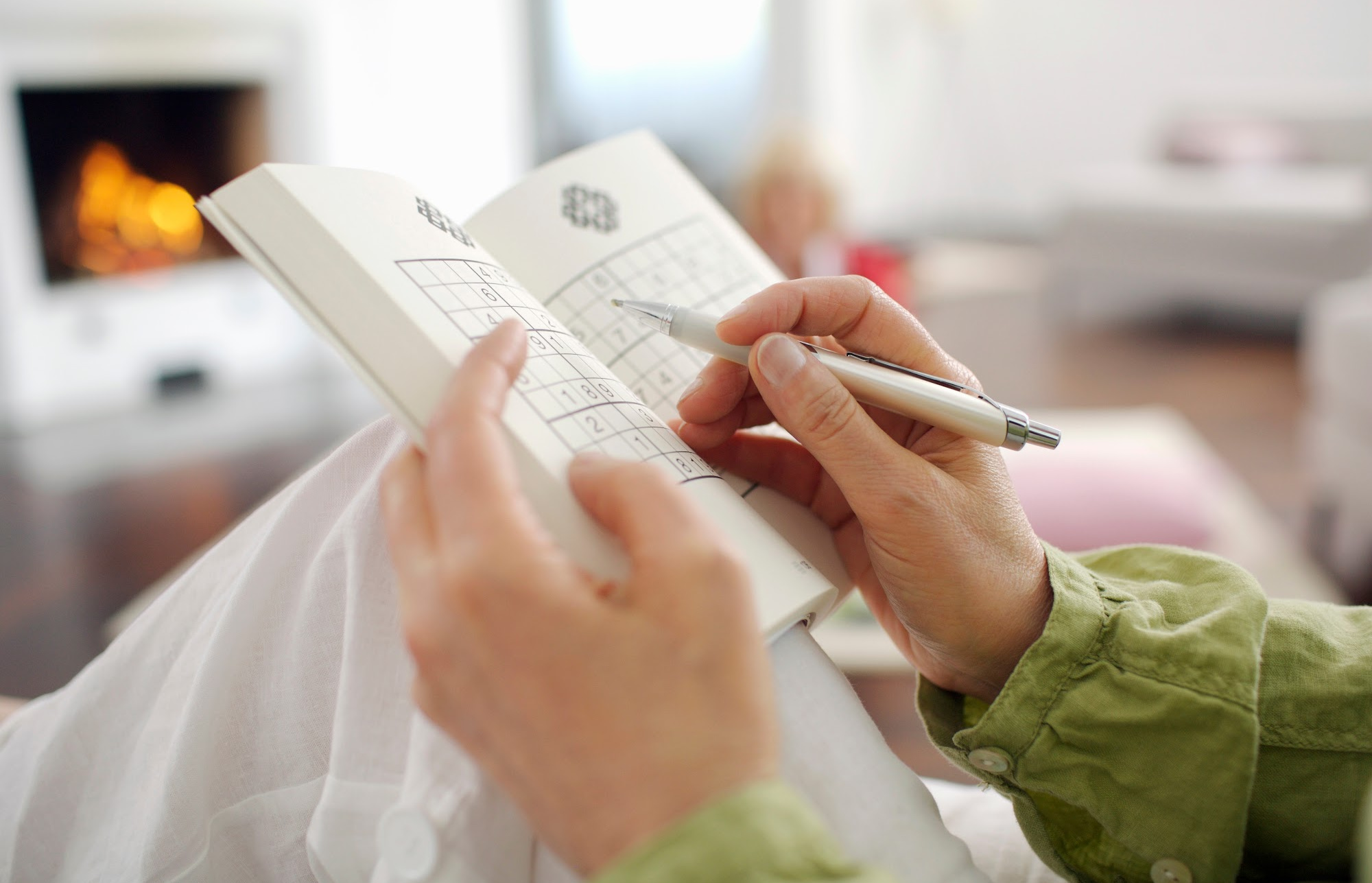
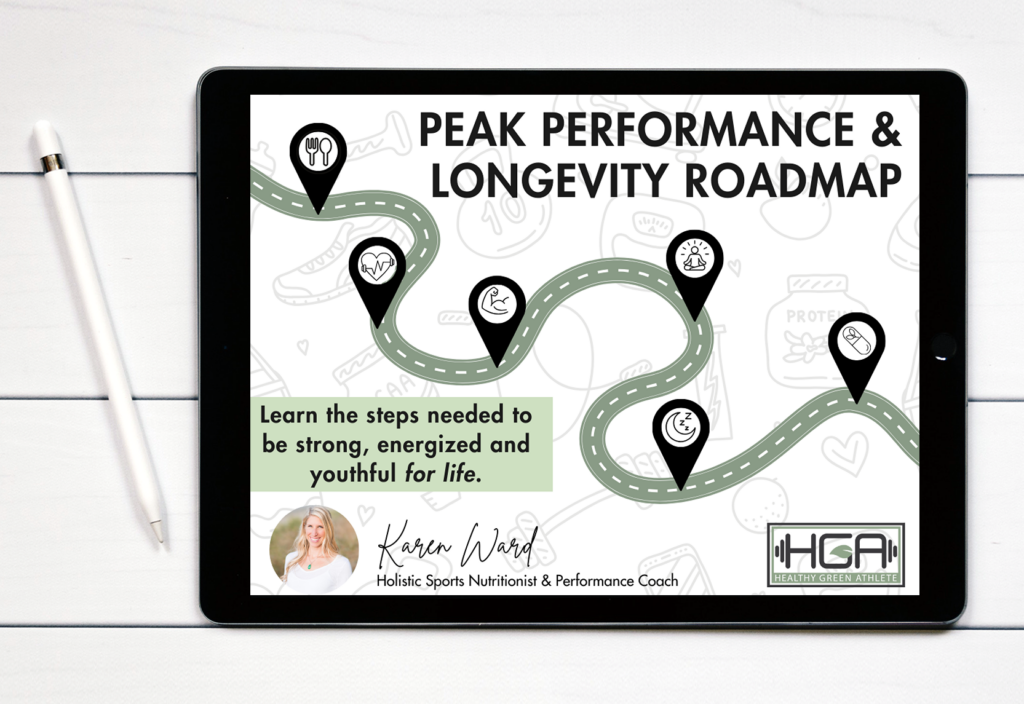
One Comment
Pingback: